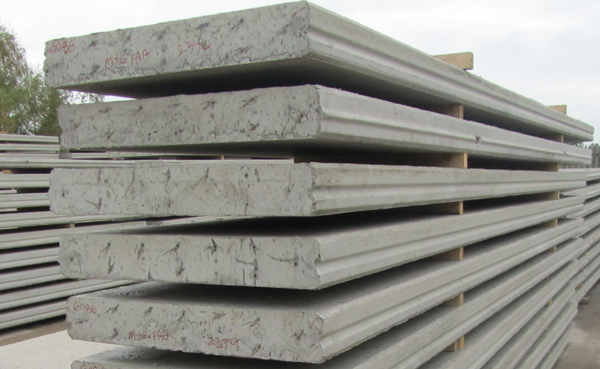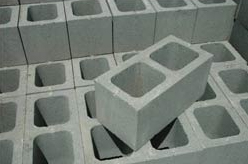
Yesterday’s blog post introduced the topic of seacrete, also called seament and biorock. Today we’ll briefly look at just a few building components that a do-it-yourselfer could make for very low cost if they live near the sea. Yes, this takes a bit of work, but remember the materials are extremely cheap and the end result is stronger than concrete.
Possible building components: floor slabs, slabs for flat roofs, bulding blocks, lintels, beams, cisterns, biogas plant, septic tank, rain gutters, roofing tiles, paving stones, boats, pipe, posts of all kinds including fence posts and pre-cast posts for houses.
The first step is to build a steel frame out of low cost metal. Check local scrap yards and look around for other sources of scrap metal. Rebar, thick guage wire, tie wire, chicken wire and hardware cloth would all work great, depending on the application.

Here’s one example: seacrete/seament building blocks. All different sizes and shapes of blocks could be made, including hollow block. Wire about the size of coat hangar wire could be formed around a wood block (jig) to make a rectangular shape. Tie the ends together with tie wire and attach chicken wire or hardware cloth around the sides and in the middle. (Note: there are various ways of doing this. Experiment and see what works best for you.)
The next step is to attach low voltage wires and place the building components in seawater. Hook up to a battery, solar panel or wind generator. The wind generator can be fabricated from salvaged auto parts.
Image: JP Concrete
Image: India Mart.com

I am interested about research and development of biorock for possible building materials. The aim would be a commercially viable product.
exp30002 AT gmail.com
I’m looking to source the book on ‘Seacrete/Seament/Biorock Building Components’ that Owen Geiger refers to. With his passing, to whom should I direct inquiries ? Please advise.
Best Regards:
Eric Tucker
One of the references is to this book: https://www.amazon.com/Millennial-Project-Colonizing-Galaxy-Eight/dp/0316771635
or the Mother Earth News is supposed to be found at http://www.green-trust.org/seacrete.htm
good luck…
I’m interested in this for restoring flooded islands do you have any information? I herd the inventor created pannels from it in a few days or something like that. I think this technology could be used to save flooding island nations.
Get the book.
Hi I am very interested in learning more bout this in particular in boat building aspect Thanks Simon
Get the book with the details. That’s the only source that I know of.
Much greater possibilities at a large-scale level too ? Coastlines are often affected by the erosion effects of the sea. Could seacrete and seament used in coastal protection work ? Situation becoming worse with climate change leading to rising sea levels and severe storms. What do you think ?
Yes, I see that some people are creating barriers to protect shorelines. Not sure of the details. Let us know if you find good stories.
After doing a cursory examination, this technology seems to be underutilized. Prof. Wolf Hilbertz shifted his focus away from the building materials to coral reef restoration after meeting Dr. Thomas J. Goreau, a marine biologist. Prof. Hilbertz died in 2007. I do not know if his patents are still active or not, but I do feel that some independent experimentation might prove fruitful.
To create solid structural panels, it would appear that the spacing between cathodic members would best if kept to a minimum. The reef structures currently being built feature spacing of half a foot or more, whereas 1/4 to 1/2 inch might prove more advantageous for panels, piping, and the like. Keep the anodes (positive terminal) around 4-6 inches away from the cathode screen
Research indicates that you need a direct current source, which can be provided by technology such as solar panels, wind generators, batteries, and the like. The higher the current, the faster that accumulation occurs, but there may be some limits to this.
Early photographs show arched panels ‘grown’ using Prof. Hilbertz’ methods. Other shapes should be possible.
Thanks for looking into this a bit more. I’m on the road…